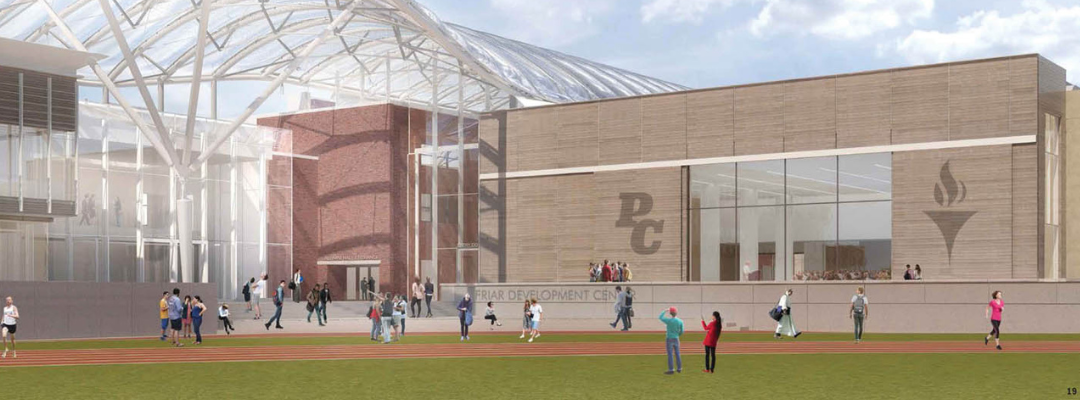Tensile structures are an innovative architectural solution that transforms outdoor spaces by offering functional benefits such as shade, weather protection, and aesthetic appeal. Their ability to combine practical utility with modern design makes them a versatile choice for enhancing outdoor areas.
1. Functional Benefits of Tensile Structures
a. Providing Shade
- Sun Protection: Tensile structures use UV-resistant materials to block harmful rays, creating cool and comfortable shaded areas.
- Temperature Regulation: By reducing heat exposure, tensile canopies help maintain pleasant outdoor temperatures.
b. Weather Protection
- Rain and Wind Shelter: Waterproof and wind-resistant membranes ensure outdoor spaces remain usable in all weather conditions.
- Durable in Harsh Environments: High-quality materials like PTFE, PVC, or ETFE can withstand extreme weather, ensuring longevity.
c. Versatility in Space Utilization
- Multi-Purpose Spaces: Ideal for outdoor dining areas, event venues, sports facilities, and recreational zones.
- Modular Designs: Tensile structures can be customized or expanded to suit changing needs.
2. Enhancing Aesthetic Appeal
a. Modern and Sleek Designs
- Dynamic Shapes: Tensile structures allow for creative designs such as arches, cones, and free-form geometries, adding visual intrigue to spaces.
- Architectural Focal Points: Their unique forms and vibrant colors can serve as a centerpiece in outdoor settings.
b. Seamless Integration
- Blends with Natural Landscapes: Tensile designs complement the surrounding environment, enhancing the overall ambiance.
- Customizable Colors and Textures: Options to match the structure with existing architecture or branding.
c. Open and Airy Atmosphere
- Translucent Materials: Allow natural light to filter through, creating a bright yet shaded space.
- Minimal Structural Intrusion: Wide spans with minimal supports preserve the openness of outdoor areas.
3. Practical Applications in Outdoor Spaces
a. Residential Use
- Patio covers, pergolas, and garden pavilions.
- Enhances outdoor living spaces by combining functionality with style.
b. Commercial Spaces
- Restaurants, cafes, and outdoor retail spaces.
- Provides shaded seating areas, attracting more customers.
c. Recreational Areas
- Parks, playgrounds, and swimming pools.
- Protects users from weather while adding an element of design.
d. Event Venues
- Tents and pavilions for weddings, concerts, or exhibitions.
- Creates iconic spaces that are functional and memorable.
e. Sports Facilities
- Covers for stadiums, practice areas, and gymnasiums.
- Offers weather protection without obstructing views.
4. Sustainability and Cost-Effectiveness
a. Eco-Friendly Materials
- Many tensile membranes are recyclable, contributing to sustainable construction practices.
- Energy-efficient features, such as natural lighting and ventilation, reduce operational costs.
b. Cost-Effective Solution
- Lightweight materials reduce foundation and construction costs.
- Low maintenance requirements further minimize expenses over time.
5. Key Advantages of Tensile Structures for Outdoor Spaces
- Flexibility: Customizable designs fit any outdoor setting.
- Durability: Long-lasting materials withstand various environmental conditions.
- Aesthetic Versatility: Enhances the visual appeal of outdoor spaces.
- Quick Installation: Prefabricated components allow for fast assembly.

